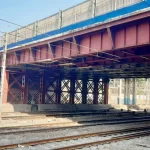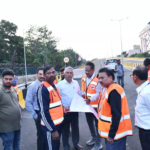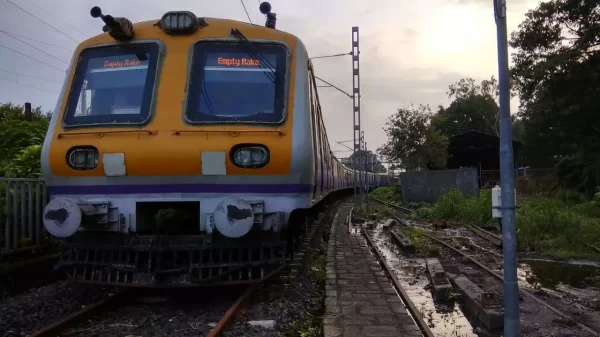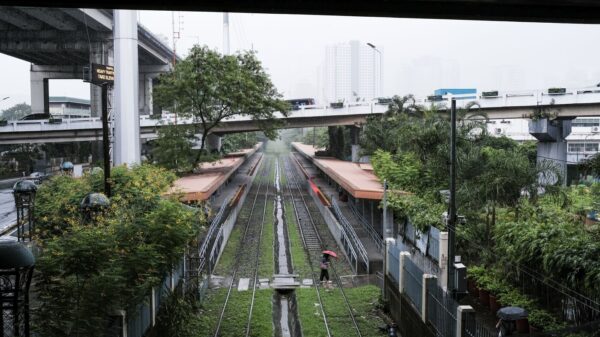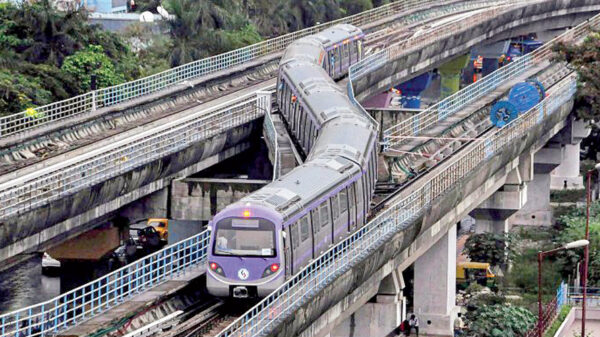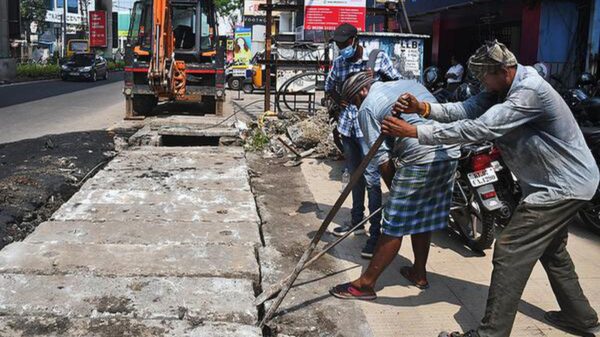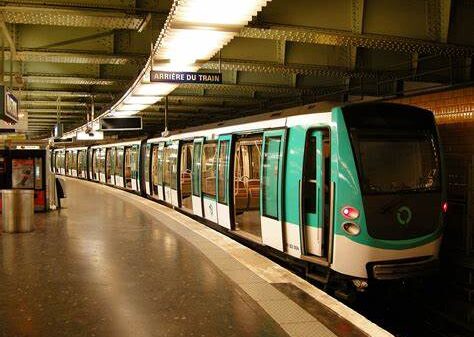BENGALURU (Metro Rail & Steel) : The private vehicle count in Bengaluru is rapidly approaching the 1-crore mark, with expectations of crossing this significant threshold by the end of the Dussehra-Diwali festive season. The city presently boasts a staggering 99.8 lakh non-transport registered vehicles, comprising 75.6 lakh two-wheelers and 23.1 lakh cars. This surge in private vehicles sees an average of 1,300 new bikes and scooters, along with 409 cars, hitting the city’s roads daily in the month of September.
As of September 30, Bengaluru’s total vehicle count stands at an astonishing 1.1 crore. The festive months of October and November typically witness a surge in vehicle registrations, and officials anticipate breeching the one-crore private vehicle milestone soon, despite the availability of public transport alternatives. Bengaluru’s vehicular population has doubled since 2012-13 when it stood at 55.2 lakhs, now reaching a staggering 1.1 crore in September 2023. The major public transport operators in the city, the Metro, covering 74 kilometers of routes and catering to 7 lakh passengers daily, and BMTC, transporting 43 lakh passengers daily, play crucial roles in reducing private vehicle reliance.
Mobility experts stress that reducing dependence on private vehicles hinges on the expansion of the Namma Metro into more office areas and the enlargement of BMTC’s fleet. They warn that a surge in personal car ownership will further strain the already overburdened road network. Notably, a significant traffic jam paralyzed the tech corridor in late September, a testament to the surge in professionals relying on personal vehicles for their daily commutes. Over the period between 2012-13 and September 2023, vehicle registrations across Karnataka have more than doubled from approximately 1.5 crores to over 3 crores, including a whopping 2.2 crores two-wheelers and 45 lakh four-wheelers.
Transport Commissioner Yogesh AM points out that the Covid-19 pandemic led to increased private vehicle usage, resulting in new vehicle registrations and purchases of used private vehicles. Upgraded vehicle models from automakers have also contributed to this trend. The state government has set ambitious revenue targets for the transport department, with a focus on generating Rs 5,226 crore from new vehicle registrations in the 2023-24 financial year, among other sources.
However, the expansion of the Namma Metro offers a glimmer of hope for Bengaluru’s traffic surge. This expansion holds the potential to alleviate traffic congestion, reduce air pollution, and offer a faster and more efficient mode of transportation. The Bengaluru Metropolitan Land Transport Authority (BMLTA) Bill, passed in December 2022, seeks to create an integrated transport authority for urban mobility. This initiative aims to address the growing demands of the city’s commuters, minimize disruptions, and promote public transit adoption. The synergy of different forms of transportation under a single planning agency is expected to follow the successful model of Transport for London (TFL), which oversees London’s public transport network and main roads.
By promoting public transport and enhancing integration, the expansion initiative aims to reduce traffic on the roads, minimize pollution, lower carbon and greenhouse gas emissions, and promote a more environmentally friendly and efficient transportation system for Bengaluru’s residents.

